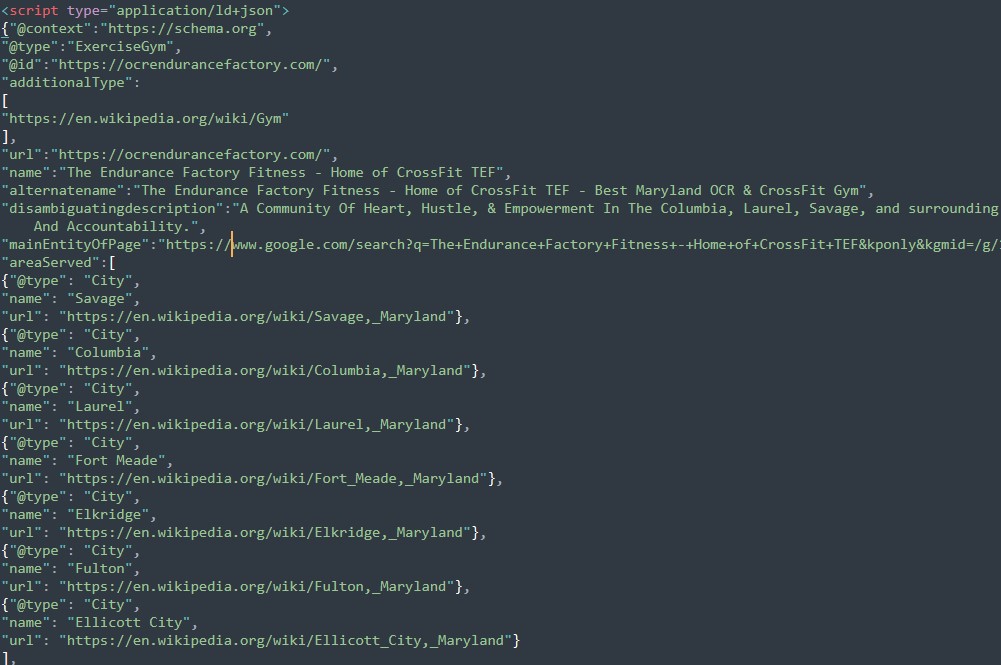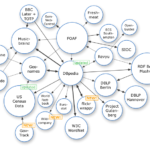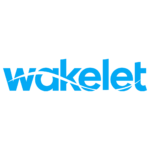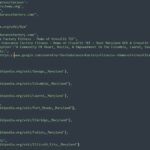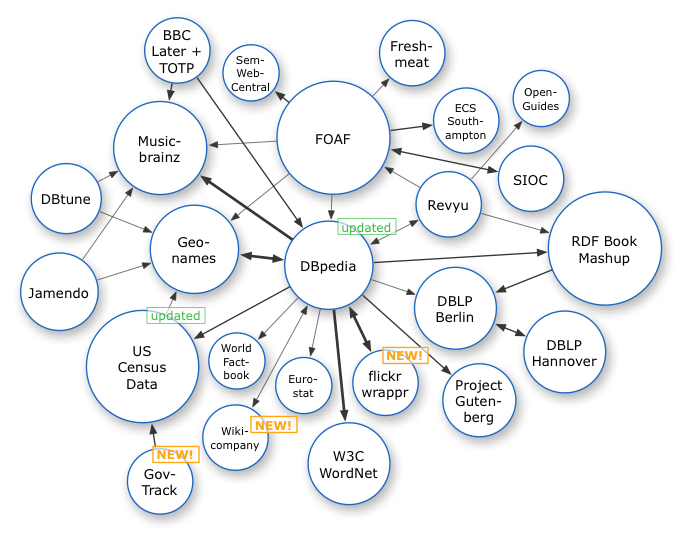Table of Contents
ToggleIn the realm of Semantic SEO, JSON-LD stands as a cornerstone technology, enabling webmasters to articulate the semantics of their content to search engines with precision. JSON-LD, short for JavaScript Object Notation for Linked Data, allows for the structured representation of data in a format that is both human-readable and machine-interpretable. This structured data syntax is crucial for enhancing content discoverability and ensuring that search engines can parse and index information efficiently.
Mastery of JSON-LD involves a deep understanding of its syntax, the strategic implementation of semantic markup, and adherence to industry standards, which together enhance the visibility of nuanced content details, such as product information and local business attributes. By leveraging JSON-LD, entities can optimize their digital footprint, aligning with the strategic imperative to improve search performance and user engagement through clear, semantically rich data signals.
Key Takeaways
- JSON-LD is a technology that allows webmasters to articulate the semantics of their content to search engines.
- Implementing structured data through JSON-LD enhances search engine indexing and display of webpage content.
- JSON-LD syntax includes elements like ‘@context,’ ‘@type,’ and ‘@id’ for establishing vocabulary and entity identification.
- Implementing JSON-LD scripts enhances content visibility and discoverability, leading to higher click-through rates.
Defining JSON-LD
JSON-LD scripts employ predicates that connect salient entities with their relevant attributes, following a chronological order that mirrors the natural progression of information on a webpage. Defining JSON-LD involves recognizing it as a method for embedding structured data script within the content of a webpage, thereby facilitating the comprehension and organization of information by search engines. This lightweight linked data format is strategic for signaling to crawlers the morphology of webpage content—precisely delineating entities such as product brands, local points of interest, and industry measurements. By adopting JSON-LD, webmasters articulate a clear value proposition to search engines, which is paramount for semantic search optimization. The technical precision of JSON-LD scripts ensures a coherent mapping of webpage elements to relevant search queries, enhancing the digital visibility of the content.
Why is Structured Data Important?
By embedding structured data, webmasters provide explicit clues about the meaning of a page’s content, enabling search engines to construct rich snippets and Knowledge Graph entries. This strategic alignment with search engines’ semantic understanding facilitates more accurate content categorization, augmenting visibility in search results. Consequently, the deployment of JSON-LD structured data becomes a tactical imperative for SEO, as it directly correlates with the potential for increased click-through rates. The application of this markup language is not merely an SEO enhancement but a critical component in the semantic web landscape, where the machine-readability of data predicates its utility and reach.
Exploring Semantic Markup
As a strategic approach, JSON-LD employs a linked data format that conveys relationships between entities and attributes through a syntax that aligns with the expectations of contemporary search algorithms. This syntax allows for the precise mapping of industry-specific measurements and morphological constructs, which in turn fosters a more accurate indexing and retrieval process. Morphology, as it relates to SEO, involves the articulation of product brands, local points of interest, and other salient entities within a website’s content ecosystem. The analytical application of JSON-LD elevates the visibility of web pages by embedding meaningful context, which is paramount for search engines to deliver relevant results to users.
JSON-LD Syntax Essentials
JSON-LD stands out due to its alignment with the precision and structure that search algorithms require. It employs a context-driven approach, defining the relationships between entities in a way that is both machine-readable and semantically rich, leveraging the power of linked data.
| Syntax Element | Purpose |
|---|---|
| `@context` | Establishes the vocabulary for terms used in the document. |
| `@type` | Specifies the type of the entity, such as “Article” or “Person”. |
| `@id` | Provides a unique identifier for the subject within the data graph. |
Implementing JSON-LD Script
The strategic insertion of JSON-LD scripts within the HTML markup serves as a direct conduit for search engines to interpret the morphology of data and its contextual relevancy. Implementation necessitates meticulous mapping of industry-specific metrics and salient entities to JSON-LD’s structured data format. Morphologically, product brands, industry measurements, and local points of interest become accessible to search algorithms, establishing a framework for universal comprehension. The benefits of leveraging this technical advantage translate to heightened visibility in search results, fostering a positive sentiment among digital strategists aiming for precision in semantic search optimization.
Semantic SEO Benefits
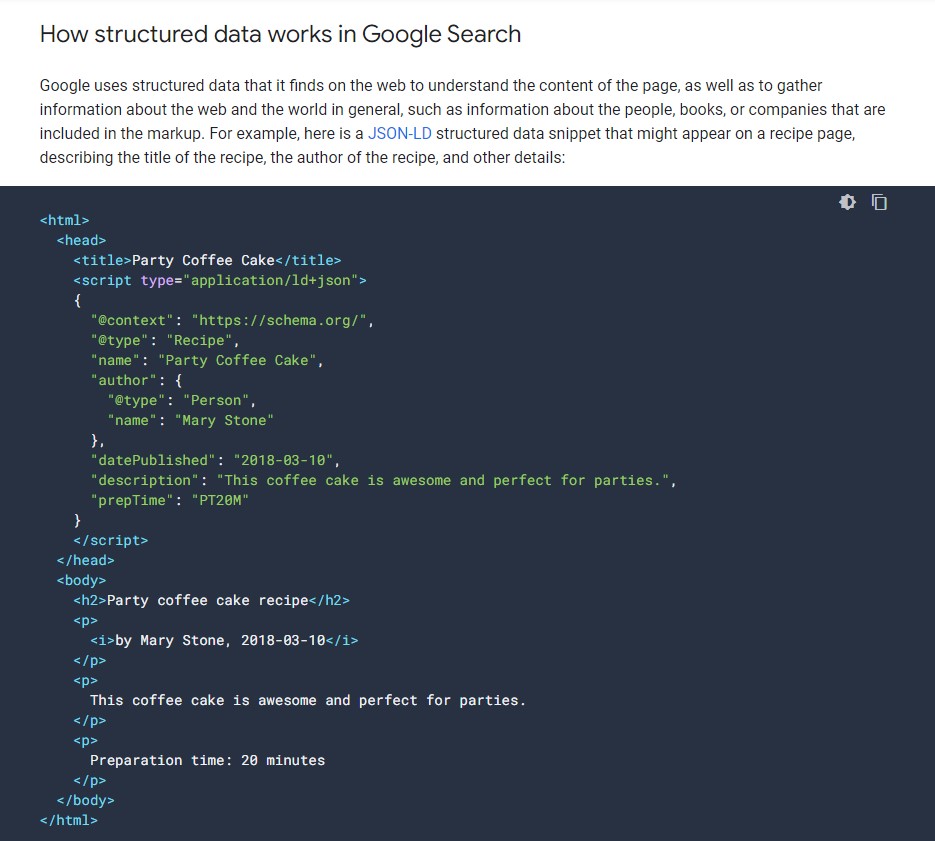
By embedding this structured data, a website provides search engines with high-fidelity information regarding the morphology of its content. Such clarity enables the strategic positioning of the website in search results through the alignment with industry measurements and local points of interest, thus increasing the likelihood of matching user queries with relevant, authoritative content. This meticulous approach to data presentation not only improves click-through rates by displaying rich snippets but also leverages universal standards in data interpretation, ensuring a website’s offerings and value proposition are unambiguously communicated to both algorithms and potential visitors.
Rich Snippets Enhancement
Implementing JSON-LD structured data not only clarifies content morphology but also significantly augments search result visibility through rich snippets, which offer concise previews of a page’s content tailored to user queries and interests. By leveraging structured data, webmasters strategically enhance the pragmatics of search engine understanding—product brands, industry measurements, and local points of interest become more salient in the semantic processing of web content. This precision in communication between web entities and search engines translates into a higher likelihood of featured-rich snippets. Such enhanced snippets can improve click-through rates by providing users with immediate information relevancy, effectively positioning a website as an authoritative source within the semantic web framework. This strategic application underscores the value proposition of JSON-LD in modern SEO practices.
Knowledge Graph Integration
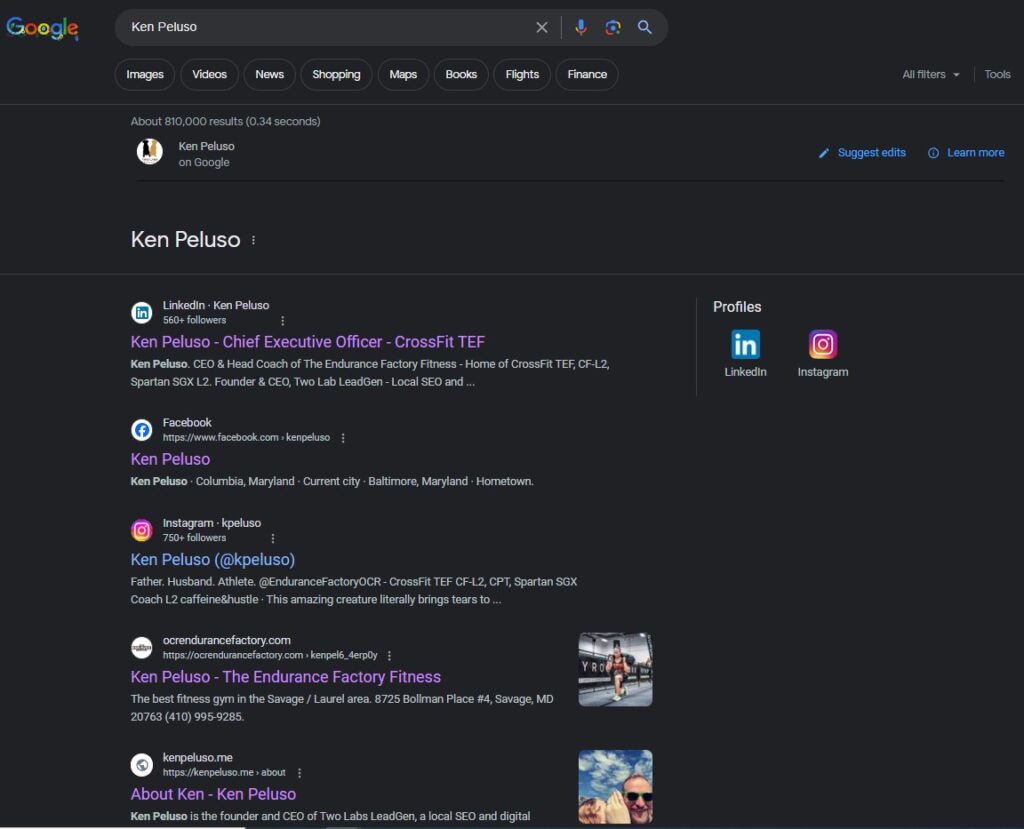
Webmasters’ integration of JSON-LD structured data seamlessly interfaces with the Knowledge Graph, elevating a website’s connectivity with vast, interlinked databases and improving its semantic search presence. This strategic implementation aligns a site’s content with the complex web of facts, entities, and relationships that search engines use to construct and update their Knowledge Graphs. By meticulously mapping out the morphology of data and ensuring precise use of predicates and salient entities, webmasters enable the unambiguous interpretation of content. The resulting clarity not only enhances the search engine’s understanding but also positions the website as a credible source within the Knowledge Graph, leading to increased visibility and potentially higher search rankings. This analytical approach to SEO underscores the importance of leveraging structured data to achieve semantic synergy with search engines’ evolving algorithms.
JSON-LD and Search Algorithms
“Google Search works hard to understand the content of a page. You can help us by providing explicit clues about the meaning of a page to Google by including structured data on the page.”
Google Search Central Advanced SEO Documentation
JSON-LD facilitates a clearer communication of the semantics of web content to search algorithms, which operate on the principles of linguistic analysis and data retrieval. By embedding structured data in the form of JSON-LD, webmasters provide search engines with explicit clues about the meaning of a page’s content. This structured format is meticulously parsed by search algorithms, which utilize morphology and pragmatics to understand and index the information more effectively. Strategic incorporation of JSON-LD enhances content visibility and discoverability through improved search engine result page (SERP) features, like rich snippets, which directly link to higher click-through rates. Thus, JSON-LD emerges as a pivotal element in the strategic optimization of content for semantic search capabilities.
Why is the Schema.org vocabulary critical for enhancing the machine-readability of web content?
Schema.org provides a structured data vocabulary that webmasters can use to mark up their pages in ways that can be understood by major search engines, including Bing, Google, Yahoo!, and Yandex. This shared vocabulary facilitates more precise indexing of web content and enhances the visibility of websites in search engine results, thereby optimizing search engine performance and user experience.
Building Semantic Relationships
In the evolution of Semantic SEO, the incorporation of JSON-LD stands as a pivotal moment, enabling the explicit linkage of structured data to establish meaningful relationships among web entities. By utilizing morphology and pragmatics within JSON-LD scripts, webmasters can articulate the associations between product brands and industry measurements, enhancing the visibility of local points of interest in relation to the larger semantic web. This strategic structuring serves not only to define the relationships between named entities but also to align with search engines’ evolving algorithms, which increasingly prioritize context and relevancy. Through the precise application of JSON-LD, websites can effectively convey value propositions and benefits, ensuring that their unique features are semantically interlinked, bolstering their SEO standing in a competitive digital ecosystem.
Industry Standards Compliance
Compliance with industry standards through JSON-LD implementation enhances a website’s ability to communicate with search engines by providing well-structured data that adheres to established protocols. Employing JSON-LD aligns a site’s content with the strategic intricacies of semantic SEO, leveraging:
- Morphology: Ensuring data tokens conform to schema.org vocabulary.
- Universal Industry Standards: Adherence to W3C recommendations for structured data.
- Local Points of Interest: Contextualizing content by linking to pertinent local entities.
Through this compliance, websites position themselves optimally within the search landscape, facilitating the operationalization of content as data points within the broader digital ecosystem. Mastery of JSON-LD’s capabilities thus becomes critical, as it serves as the cornerstone for articulating semantic relationships and industry measurements, driving strategic visibility in increasingly competitive search environments.
Local Business Optimization
By leveraging structured data, businesses can assert morphological precision in their semantic presentation, ensuring that search engines accurately interpret and display information such as product brands, local points of interest, and industry measurements.
| Attribute | Benefits | Strategic Use |
|---|---|---|
| Product Brands | Enhanced product recognition | Align with local search queries |
| Local Points of Interest | Attract local traffic | Associate with nearby landmarks |
| Industry Measurements | Standardize business metrics | Benchmark against local competitors |
| Morphology | Improve search result relevancy | Utilize precise language for clarity |
Through meticulous crafting of JSON-LD scripts, businesses can position themselves strategically within the semantic web, contributing to a robust and intelligible digital ecosystem.
Event Data Structuring
By meticulously organizing event information using JSON-LD, entities can strategically position their events within the semantic framework of search engines, thereby increasing visibility and user engagement. The technical implementation involves:
- Defining the event type and its morphological characteristics
- Establishing relationships with local points of interest
- Describing the event with industry measurements and standards
This analytical approach enables a strategic presentation of events that aligns with the linguistic and pragmatic expectations of search algorithms. Mastery of this data structuring technique is pivotal for entities aiming to optimize their semantic search potential and convey their value proposition effectively within the digital ecosystem.
Product Brand Visibility
By leveraging structured data, brands can strategically articulate their unique features and benefits. JSON-LD serves as a pragmatic vehicle for detailing a brand’s morphology—its product types, industry measurements, and local points of interest—with semantic precision. This technical representation aligns with search engines’ algorithms, enhancing the brand’s findability.
Employing JSON-LD for product brand visibility translates into a measurable engagement. For instance, brands using structured data see a significant uptick in click-through rates (CTR), with some studies showing an increase of up to 30%.1 Strategically, this empowers brands to convey their value proposition directly within search engine results pages (SERPs), establishing a competitive edge.
Frequently Asked Questions
How Does JSON-LD Compare to Other Structured Data Formats Like Microdata and RDFa in Terms of Performance and Search Engine Preference?
JSON-LD, compared to Microdata and RDFa, typically enhances performance with its lightweight code footprint and is often preferred by search engines for its ease of implementation and data interlinking capabilities.
Can JSON-LD Be Implemented on Any Type of Website Platform, or Are There Specific Requirements or Limitations for Its Integration?
JSON-LD can be integrated across various website platforms without specific constraints, offering a flexible approach to structuring data that is compatible with the needs of search engines for enhanced content visibility and indexing.
What Are the Potential Risks and Drawbacks of Incorrectly Implementing JSON-LD, and How Can They Impact a Website’s SEO?
Improper implementation of structured data can lead to misinterpreted content by search engines, potentially resulting in decreased search visibility and traffic, adversely affecting a website’s search engine optimization efforts.
Is There a Way to Test the Effectiveness of JSON-LD Structured Data Before Fully Deploying It on a Live Website?
Yes, effectiveness can be evaluated by employing testing tools such as Google’s Rich Results Test to validate structured data before implementation, ensuring accuracy and compliance with search engines’ guidelines. See: Google’s Testing Tool
How Frequently Should JSON-LD Structured Data Be Updated, and What Are the Best Practices for Maintaining It Over Time?
JSON-LD structured data should be updated whenever there is a change in the underlying content or context, ensuring alignment with the latest industry measurements and morphological standards for optimal performance and relevance.
Conclusion
JSON-LD emerges as a significant tool in the realm of Semantic SEO, offering a robust means to present web data in a structured, machine-readable format. Its adoption is instrumental in enhancing search engine visibility and accuracy in data interpretation. Compliance with industry standards through JSON-LD ensures the precise representation of website content, fostering improved search relevance and user engagement. Consequently, strategic utilization of JSON-LD is imperative for optimizing digital content in the competitive landscape of search engine rankings. Click here to learn how to use schema markup for SEO.

